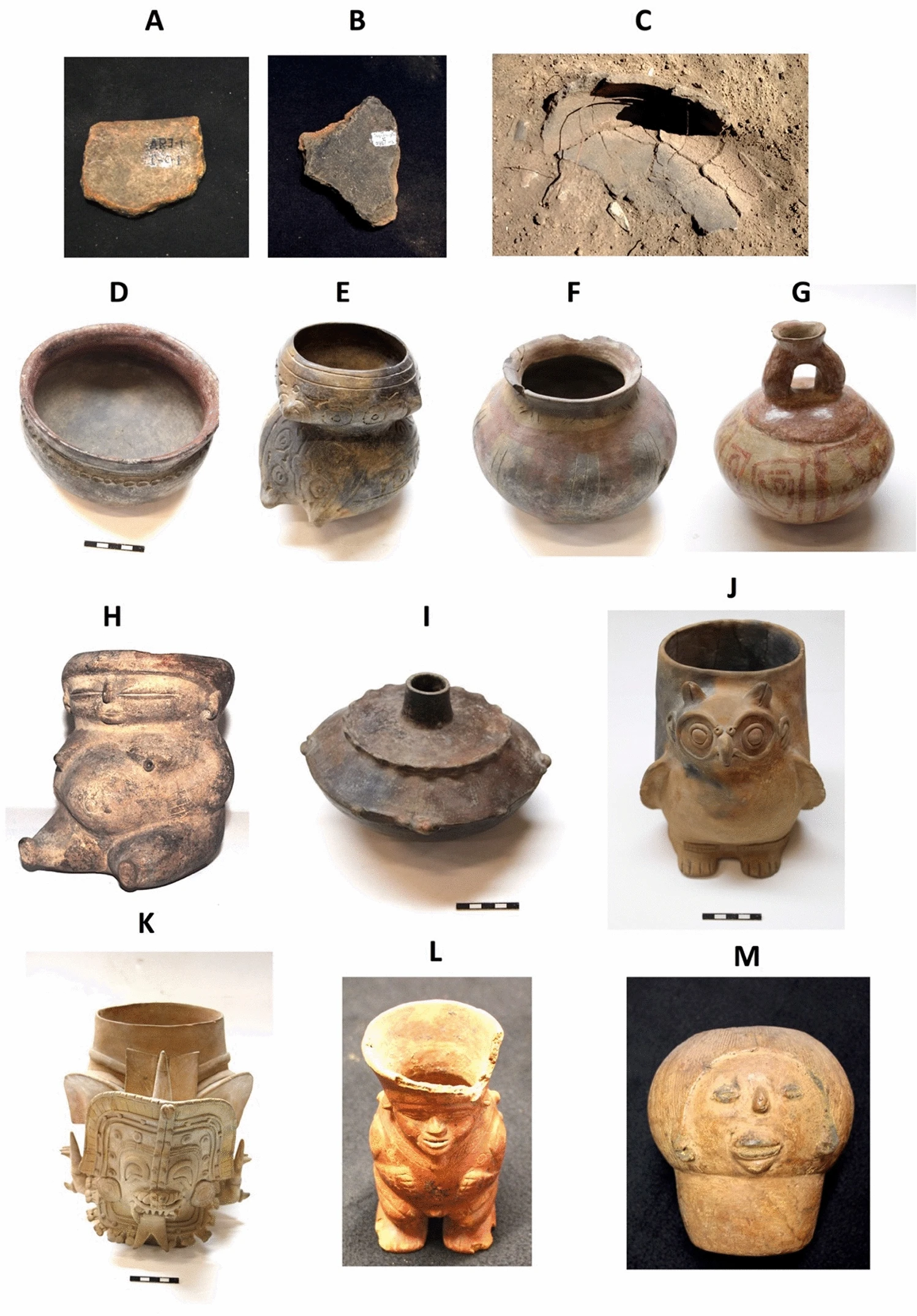
The cacao tree (Theobroma cacao), whose beans (cocoa) are used to make products including chocolate, liquor and cocoa butter, may have spread from the Amazon basin to the other regions of South and Central America at least 5,000 years ago via trade routes, suggests a paper published in Scientific Reports. These findings, based on residues in ancient vessels, reveal how different strains of cacao tree were bred and suggest that cacao products were more widely used among ancient South and Central American cultures than previously thought.
The modern cacao tree — whose scientific name means ‘the food of the gods’ — is one of the world’s most important crops. There are eleven known genetic groups including the widely used Criollo and Nacional strains. Although it is well established that the cacao tree was originally domesticated in the upper Amazonian basin, it has not been clear how its use by other cultures spread throughout South and Central America.

Claire Lanaud and colleagues analysed residues from 352 ceramic items from 19 pre-Colombian cultures spanning from approximately 5,900 to 400 years ago across Ecuador, Colombia, Peru, Mexico, Belize, and Panama. The authors tested for the presence of ancient cacao DNA and those of three methylxanthine (mild stimulant) components that are present in modern T. cacao strains — theobromine, theophylline, and caffeine — to identify ancient T. cacao residues. The authors also used genetic information from 76 modern samples of T. cacao to establish the ancestry of ancient cacao present in the ceramic items, which could reveal how ancient strains diversified and spread.
The findings demonstrate that cacao was extensively cultivated along the Pacific Coast soon after its domestication in the Amazon at least 5,000 years ago, with high levels of diversity among the ancient strains indicating that genetically distinct populations were bred together. The presence of cacao genotypes originating from the Peruvian Amazon in the coastal Valdivia Ecuadorian region suggests that these cultures had long-standing contact, according to the authors. Peruvian strains were also detected in artefacts from the Colombian Caribbean coast. Together, this indicates that cacao strains underwent a wide diffusion across countries and were cross bred to adapt to new environments as different cultures adopted their use, suggest the authors.
They conclude that greater understanding of cacao’s genetic history and diversity may help to counter threats, such as disease and climate change, facing modern cacao strains.


Leave a Reply